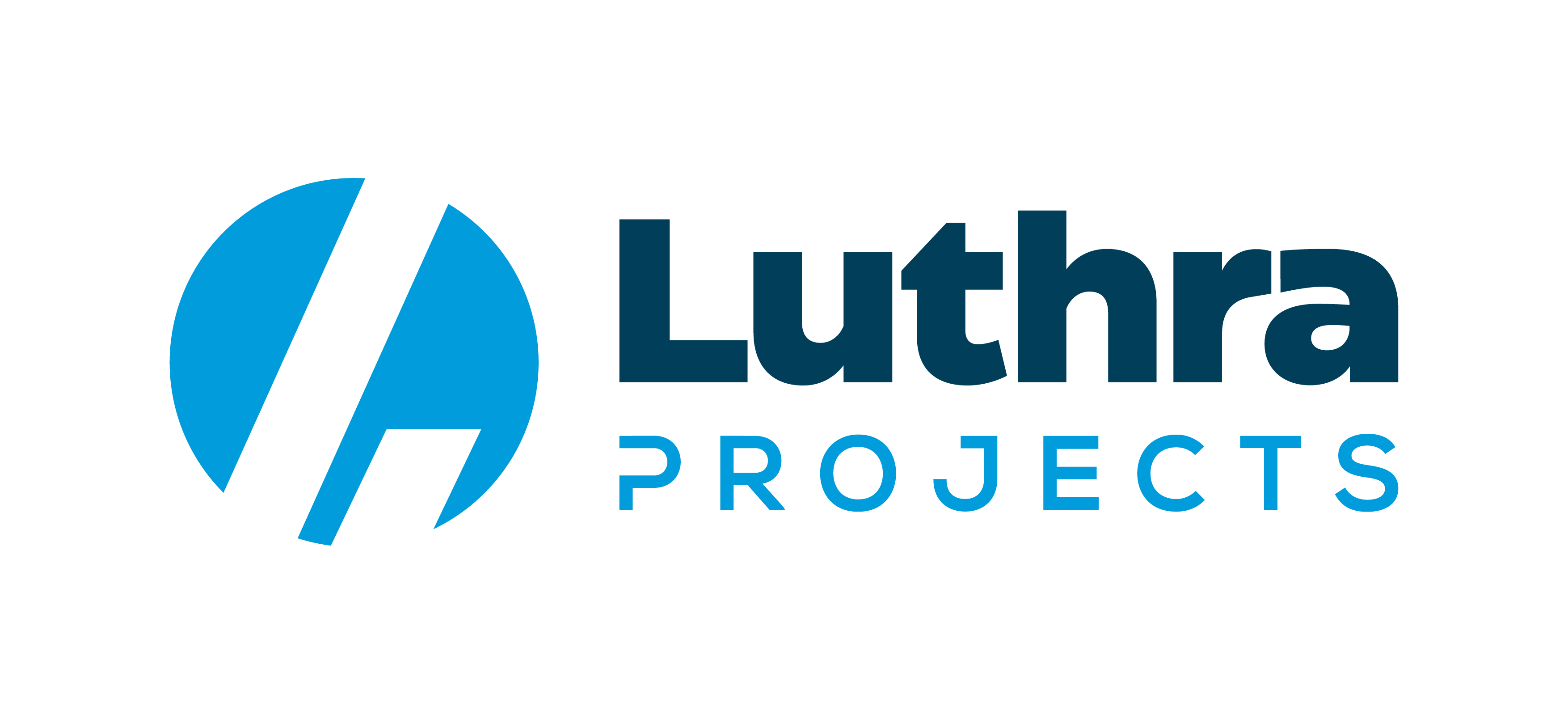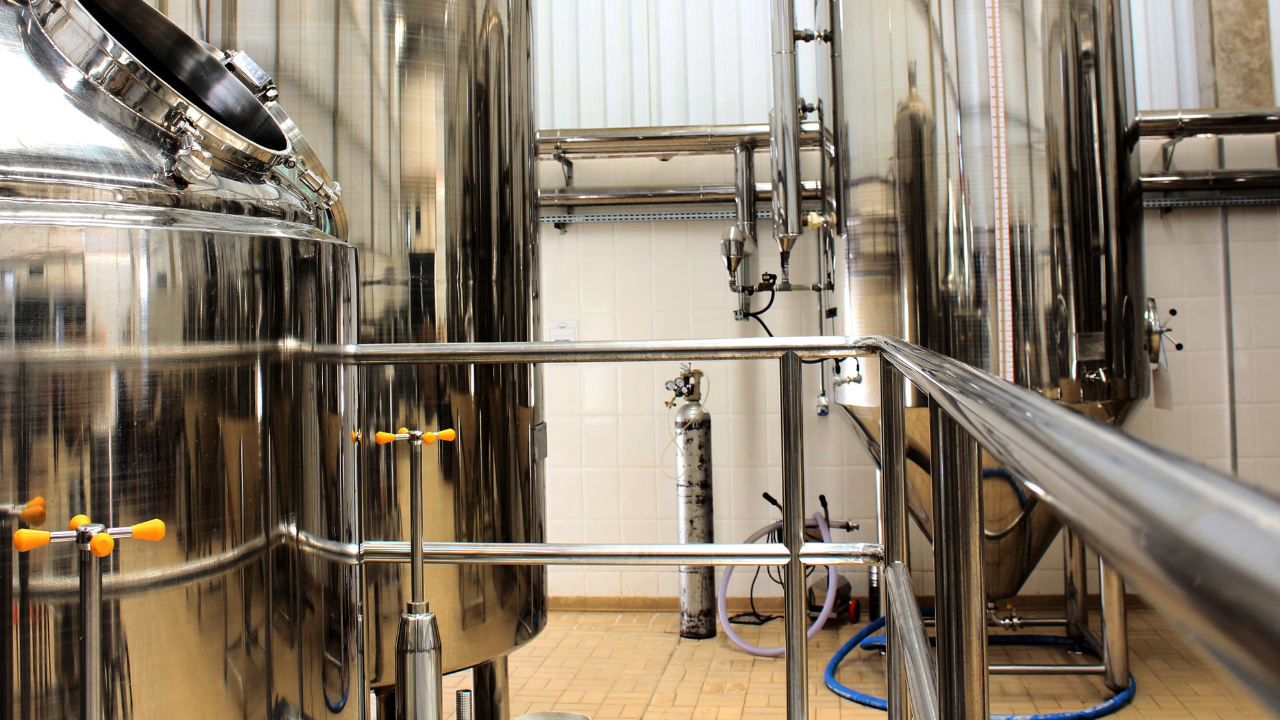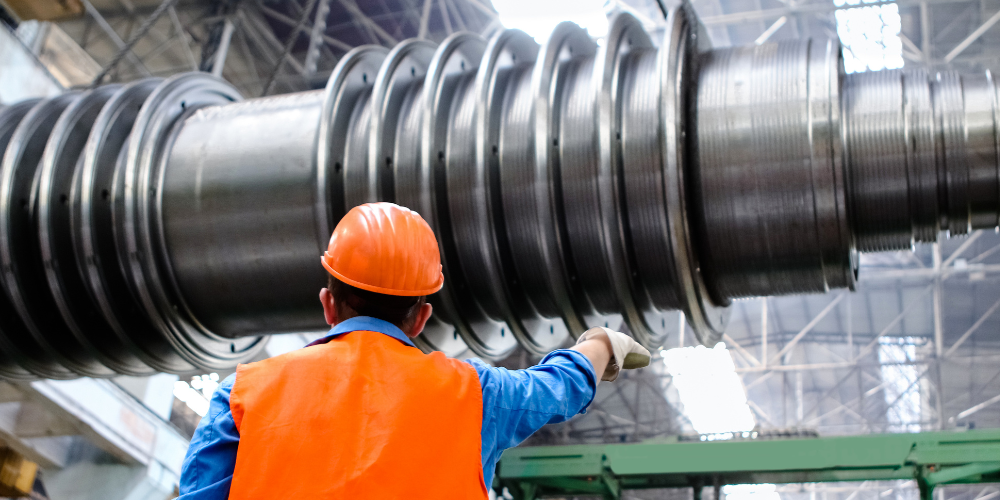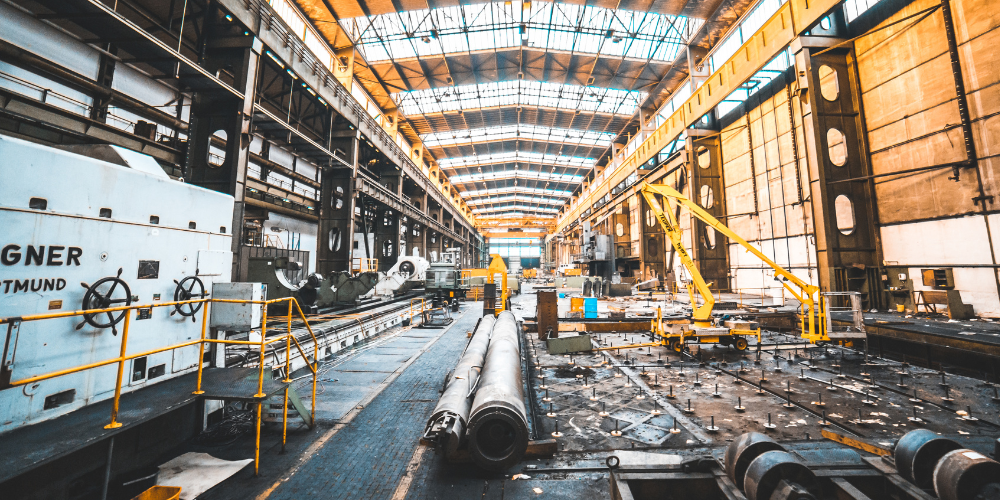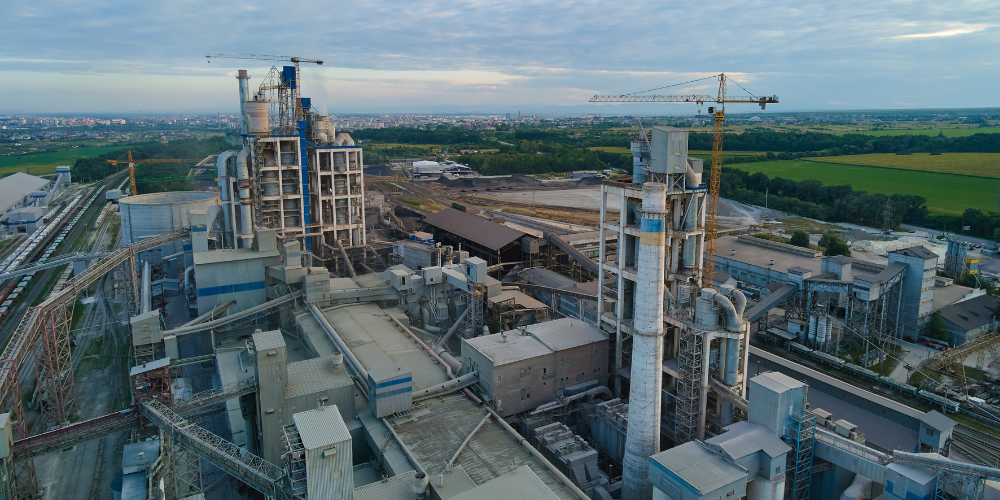Luthra Projects, provide operational assistance, maintenance, and repair for our clients in various kinds of piping solutions which also includes MS GI pipeline solutions.
This is basically a water cooler piping solution meant for industrial use. Apparently, due to dissolved oxygen or salts or acids, cooling towers network is a mostly open network, so GI pipes are used to avoid erosion and wear inside the pipes, and the fouling factor.
As we cover the utility part, due to the fact that they are coated with zinc, modified piping provides a variety of advantages over other methods that are used to strengthen the steel or iron.
Although convenient towards the diversity of applications, even galvanized pipes are not free from flaws. It, therefore, gets crucial that when at the time of making the purchase, you hire the services of a reliable Ms and Gi pipes.
Benefits and usability of galvanized pipes Best suited for large constructions projects
If we put light on the same, piping solutions for industrial purposes, that is fabricated through the process of galvanization is mainly preferred for application in huge construction projects. A few of the utility includes irrigational application and piping solution for sewage treatment plants and industries.
The mere reason being, their tough composition which makes them resistant to abrasion and rust.
Low-cost piping solution Due to the fact that the process of galvanization is one of the cheapest that is used for protecting the steel or iron, tubes made from this process usually cost quite lesser.
Low maintenance cost Low maintenance means that the overall costs of these machines stay quite low during their life cycle. This factor makes the MS GI piping solutions, a suitable option for applications that are in remote locations and where it is difficult to gain accessibility.
Meets quality standards To meet strict quality standards, steel and iron pipes go through the process of galvanization that makes it highly valid. This enables them to predict perfectly the lifespan of the conduits as well as their functional value.
Piping solutions are used within many building systems, including HVAC, plumbing, specialty chemicals and fluids, and fire protection.
To put it differently, Businesses need to know the type of piping solutions to use in a specific application can help preserve the life of a system or avoid a catastrophic failure. And, we have a dedicated team of service engineers at their offices in Mumbai and Bangalore.
Piping Solution Systems All piping systems shall be designed and sized in accordance with the ASHRAE Fundamentals Handbook and the ASHRAE HVAC Systems and Equipment Handbook.
Chilled Water and Condenser Water Piping In general, HVAC systems shall utilize parallel piping solution systems with a two-pipe main distribution system arranged in a reverse return configuration. If applied, series loop piping framework for terminal or branch circuits shall be equipped with automatic flow control valves at terminal units (all types of heat transfer units).
Moreover, each terminal unit or coil shall be provided with isolation valves on both the supply and return and a flow indicating balance valve on the return line. Isolation valves shall be provided on all major branches, such as at each floor level, building wing or mechanical room.
For new chilled water HVAC distribution, a pumping and piping arrangement is generally appropriate, with constant volume primary pumping and variable volume secondary pumping.
The primary and secondary circuits shall be separate, with neither having an effect on the pumping head of the other. The primary circuit serves the source equipment (chillers), while the secondary circuit serves the load. Refer also to Pumping Systems in this chapter for additional requirements.
Cathodic Protection The need for metal protection for underground piping must be evaluated by a soils resistivity test.
Consequently, cathodic protection or other means of preventing pipe corrosion must be provided if required.
Piping Material commercial standard should be used for piping material.
Isolation of Piping at Equipment. Isolation valves, shutoff valves, by-pass circuits, flanges, and unions shall be provided as necessary for piping at equipment to facilitate equipment repair and replacement.
Equipment requiring isolation includes boilers, chillers, pumps, coils, terminal units, and heat exchangers. Valves shall also be provided for zones off vertical risers.
Provisions for Piping in Earthquake Zones In Seismic Zones, the piping solution shall be at least 25 mm (1 inch) larger than the pipe, to allow for movement.
Flexible couplings shall be provided at the bottom of pipe risers. Spreaders shall be used to separate adjacent pipes unless the distance is large enough to prevent contact in an earthquake.
Piping Supports We provide channel supports for multiple pipes and heavy duty steel trapezes to support multiple pipes.
In addition, hanger and support schedule shall have a manufacturer’s number, type, and location.
Comply with MSS SP69 for pipe hanger selections. Spring hangers and supports shall be provided in all the mechanical rooms.
Flexible Pipe Connectors Flexible pipe connectors shall be fabricated from annular close pitched corrugated and braided stainless steel. All pumps, chillers, and cooling towers shall have flexible connectors.
Piping System and Equipment Identification All pipes, valves, and equipment in mechanical rooms, shafts, ceilings and other spaces accessible to maintenance personnel must be identified with color-coded bands and permanent tags indicating the system type and direction of flow for piping systems or type and number for equipment.
The identification system shall also tag all valves and other operable fittings.
We are certainly qualified to gauge the full potential of its a range of Advance fittings systems.
